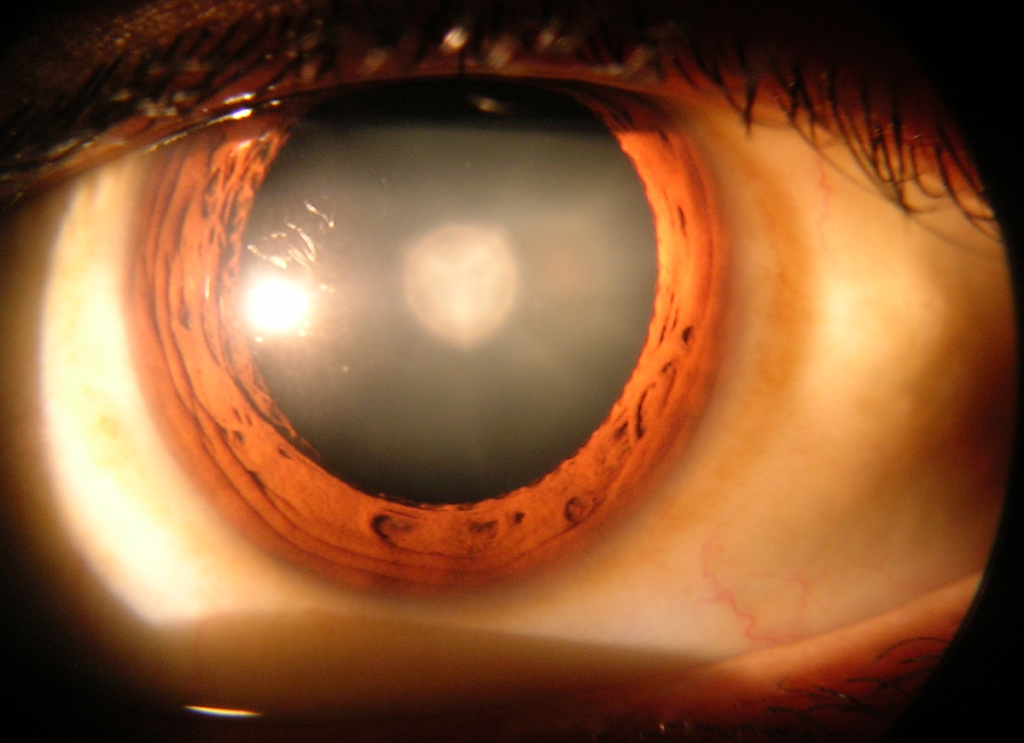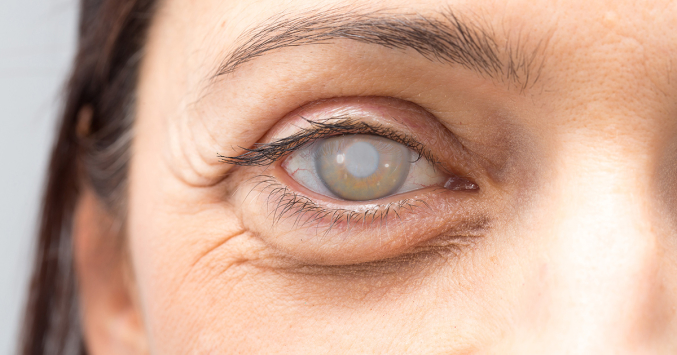Cataracts are characterized by clouding of the lens of the eye located in the back of the iris and pupil. With age, cataracts develop when protein threads form in this lens that can affect the clarity of the images you see. The causes of cataracts can be explained by the frequent exposure to ultraviolet rays, vitamin deficiency, the use of certain medications and injuries or diseases of the eyes.
What are the symptoms of cataracts?
Symptoms of cataracts depend on the location of the cataract in the lens of the eye and the area that it covers, and whether it exists in one or both eyes. It takes years to develop cataract surgery in chicago, and this leads to a gradual visual impairment. Cataracts are painless and usually begin in one eye, but can affect both eyes. However, it is not contagious and cannot spread from one applied eye to another.

In the initial stages, the cataract forms a small cloud on the lens, which only slightly affects your vision. But as the cataract increases in size, it begins to interfere with the light passing through the lens. Over time, cataracts progress, and you may begin to notice the following symptoms:
- Blurry and blurry vision
- Weak vision along with difficulty seeing at night
- Double vision
- Too sensitive to light or glare
- Halos begin to appear around the lights.
- Frequent changes in glasses or contact lenses
- Colors look pale, faded, or faded.
Vision changes are a common cataract problem, and you may experience glare or ghosting from natural or artificial light sources. As a result, driving on the road at night becomes a difficult test due to glare from the headlights of the car.
In addition, these symptoms may occur due to health problems other than cataracts, such as diabetes or other eye diseases. If you suspect that you have any of the above signs and symptoms of cataracts, a visit to your optometrist can help you solve your problems and problems with your eyesight.












